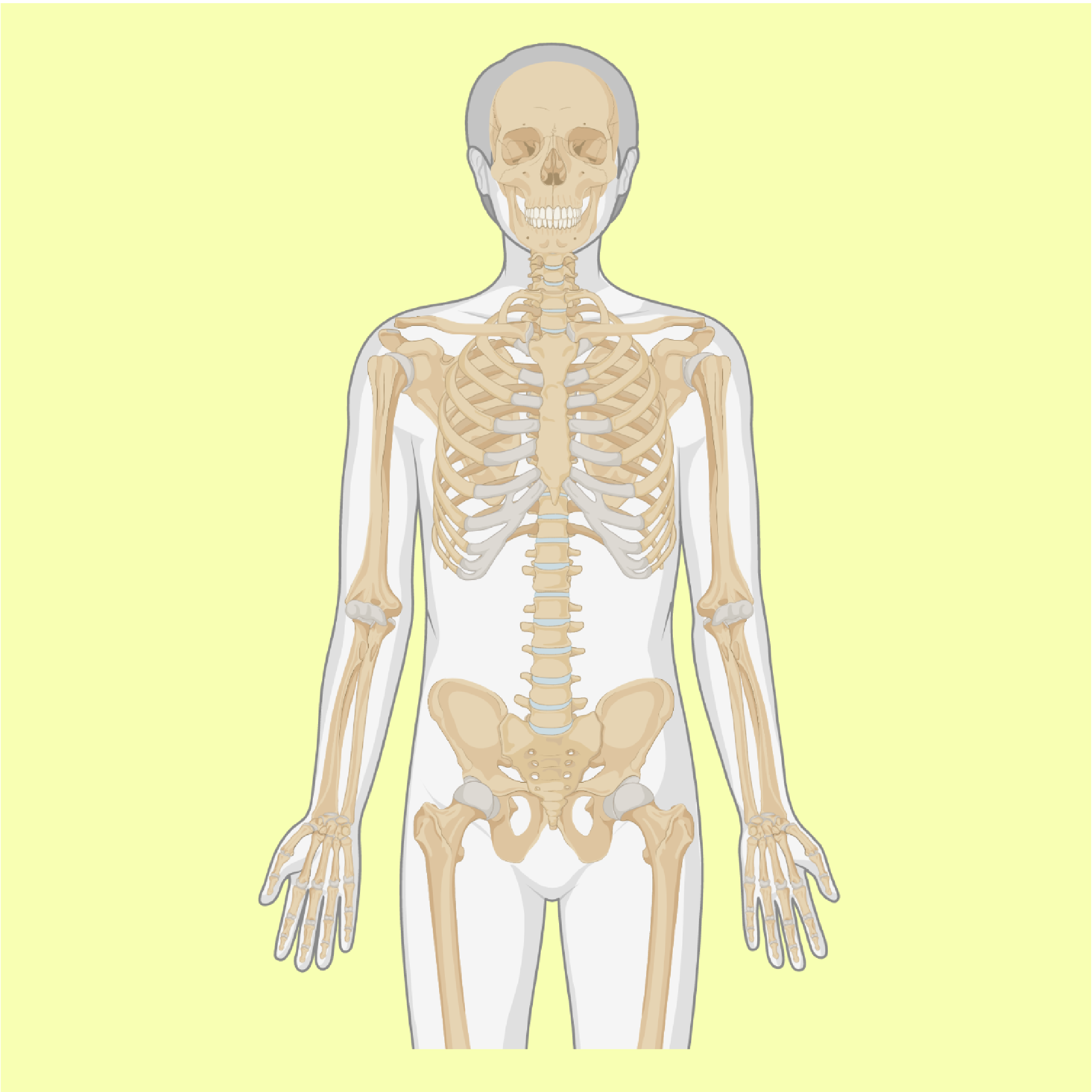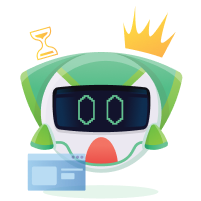Chapter 14: Support and Locomotion in Humans and Animals
What you need to learn in this chapter

In this chapter, we will learn about the different types of skeletons of humans and animals: hydrostatic, exoskeleton, and endoskeleton. We will discuss why skeletons are necessary for support and locomotion. Next, we will explore the musculoskeletal system of humans, focusing on the bones that make up the axial and appendicular skeleton. We will also learn about the different types of vertebrae in the backbone, such as cervical, thoracic, lumbar, sacral, and caudal vertebrae. We will then study movement and locomotion, specifically the mechanisms involved in the human forearm and leg during walking. Additionally, we will briefly discuss locomotion mechanisms in animals.
Lastly, we will examine health issues related to the human musculoskeletal system, including osteoporosis, osteomalacia, rickets, arthritis, and scoliosis. We will also discuss practices that can help maintain a healthy musculoskeletal system.
Topics in this chapter
What you will learn in this topic
- List the types of skeleton in humans and animals: (i) hydrostatic skeleton. (ii) exoskeleton. (iii) endoskeleton
- Justify the necessity of skeletons in humans and animals
What you will learn in this topic
- Identify bones that form the human skeletal system: (i) axial skeleton. (ii) appendicular skeleton
- Characterise types of vertebrae in the backbone: (i) cervical vertebrae (including atlas and axial). (ii) thoracic vertebrae. (iii) lumbar vertebrae. (iv) sacral vertebrae. (v) caudal vertebrae
- Compare and contrast the types of vertebrae
- State types of joints in the human skeletal system. (i) immovable joints. (ii) slightly moveable joints. (iii) freely moveable joints
- Draw, label and explain the human forearm hinge joint structure: (i) bones. (ii) cartilages. (iii) skeletal muscles. (iv) tendons. (v) ligaments. (vi) sinovial membrane. (vii) sinovial fluid
What you will learn in this topic
- Explain the movement mechanisms in: (i) human forearm. (ii) human leg (walking).
- Describe briefly the locomotion mechanisms in animals
What you will learn in this topic
- Describe health issues related to thehuman musculoskeletal system: (i) osteoporosis. (ii) osteomalacia. (iii) rickets. (iv) arthritis. (v) scoliosis.
- Justify practices to maintain a healthy musculoskeletal system

